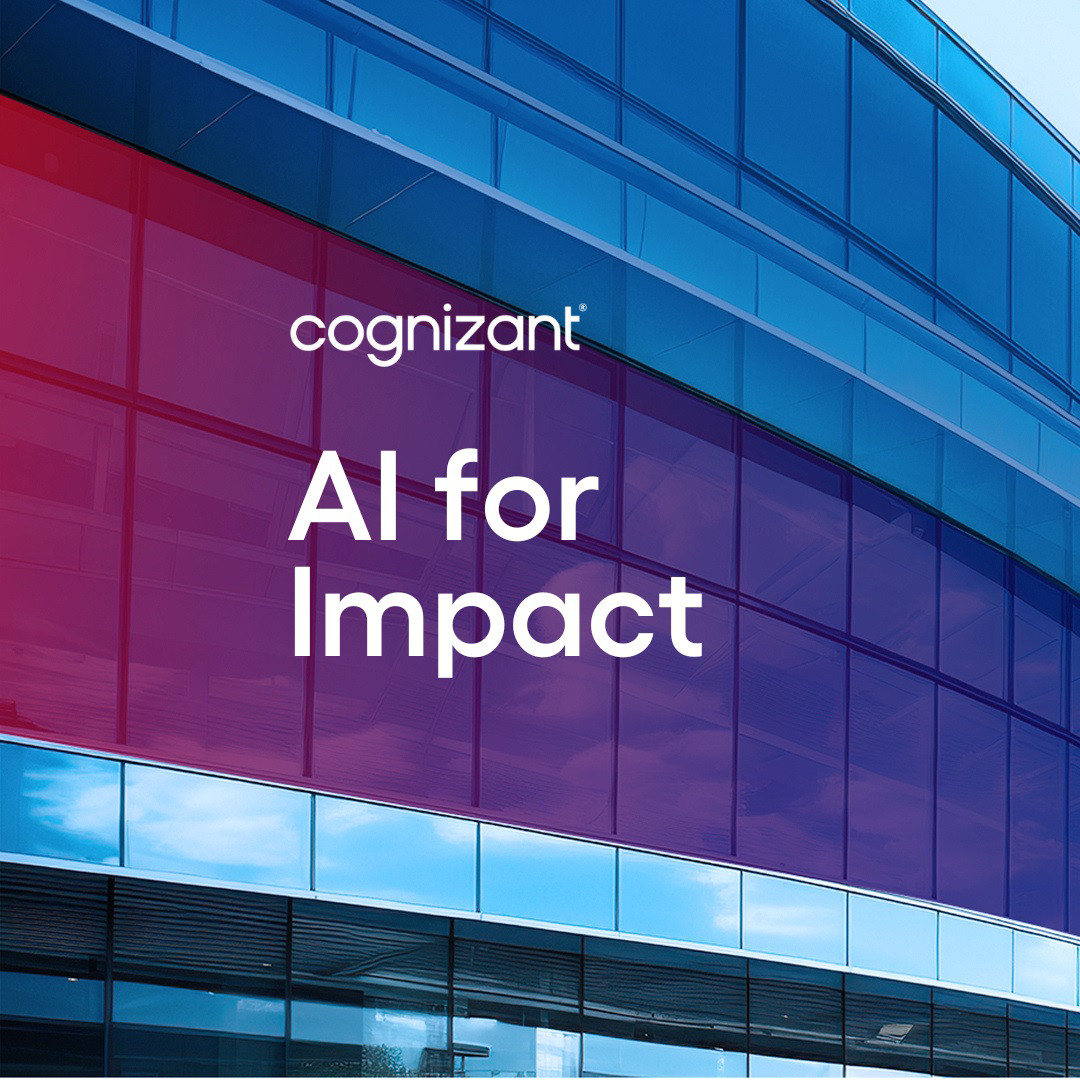Transforming insurance front to back
Gen AI’s impacts will extend to many other areas of the industry. For example, it can be used to analyse vast quantities of data to provide simple, accurate summaries to underwriters as they make their assessments. Meanwhile, other functions, such as marketing, will also see gen AI completely change the art of the possible. It will be able to take standardised product and service content and blend it with personalised customer information to create truly bespoke communications at scale. Because gen AI uses natural language for prompts and instructions, it democratises access to insights that were previously only available to data scientists and specialists. It will also be put to work within technology departments too, writing code and scripts, and helping to support integrations.
In these contexts – and many others – gen AI will do the heavy lifting, enabling people to focus on business-critical tasks and activities that require the best of human innovation, empathy and creativity.
A clear case for change
It’s evident that the insurance companies that adopt gen AI the fastest will secure a considerable competitive advantage. The gains they could make are likely to fall into three broad categories:
Higher profitability and growth, by identifying currently untapped opportunities and enhancing products and customer experiences
Cost savings from operational efficiency
Operational intelligence and effectiveness from integrating gen AI into existing processes
Navigating the challenges
Having said that, it’s also the case that many in the industry face challenges when it comes to moving from the current experimental phase to implementing gen AI at scale.
Why? By their nature, LLMs require significant quantities of well-managed, effectively organised, accurate and compliant data. And as a regulated industry, the compliance demands on insurers’ data exceed those of many other sectors, meaning insurers will need to ensure they continue to meet strict regulatory requirements for data privacy and stewardship. Integrating gen AI with existing legacy tech is another potential challenge. In fact, some 75% of executives across all industries cite this as an obstacle to progress. Here again, establishing a solid data foundation is a critical first step.
Other potential pitfalls associated with gen AI include so-called ‘hallucinations’ where gen AI effectively fabricates an answer. Biased outcomes that arise from gen AI learning from biases already inherent in the training data are a further common concern. Both, of course, need to be addressed. And they’re by no means uncontrollable. The best approach? Treat the outputs of an LLM with the same rigorous rules, policies and norms that any organisation would apply to content created by a person. Building in the right controls around an LLM from the outset will help avoid many of the potential pitfalls.
Start now or fall behind
Insurers that have yet to start exploring the possibilities of gen AI need to get going soon. With their competitors already pushing solutions into production, it’s time to start identifying use cases and get to work building and deploying pilots to understand where the greatest benefits and value are likely to be found.
Gen AI is happening now. We’re already seeing many of our clients allocating significant budgets to their gen AI projects for next year. If you’d like to talk to us about how it could be put to work in your organisation, please get in touch.




















